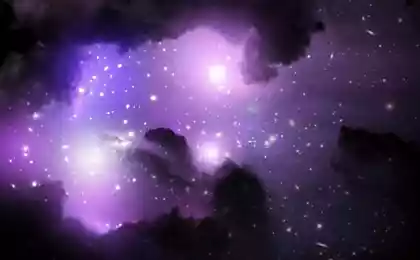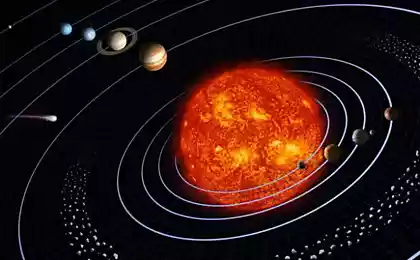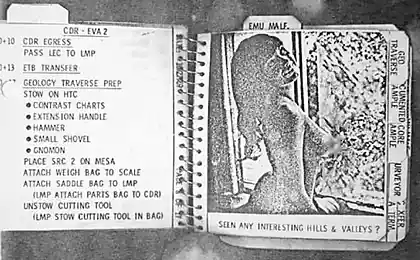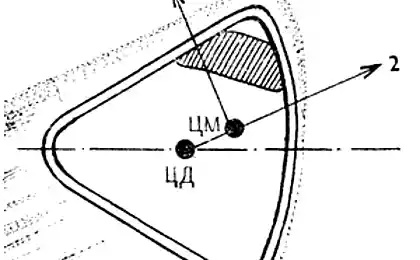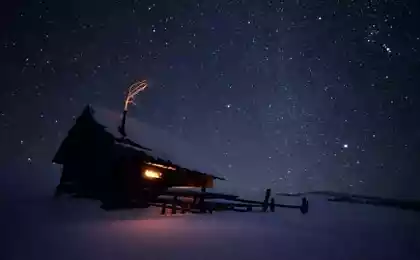491
Why the discovery of "second Earth", should You care
At the conference, NASA live, scientists announced that the space telescope Kepler discovered "older and bigger cousin" of Earth — this planet is about 60% larger than our own, orbits a sun-like star, its surface could be liquid water and possibly life. "So what?" — you will ask. And you will be wrong.
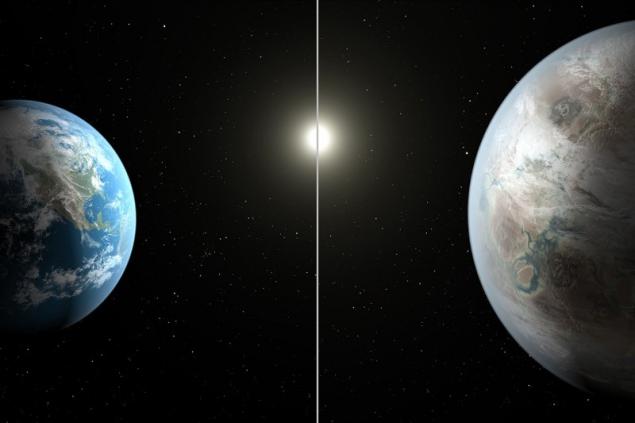
"Today, the Earth became less lonely, because in our neighborhood stopped by a newcomer," said a leading analyst of Kepler data Jon Jenkins, a scientist Informatics from the Ames Research center at NASA, during a NASA teleconference on the findings.
Alien world, dubbed Kepler-452b, is located 1400 light years away in the constellation of Cygnus is too far away to get to him until we develop interstellar transport. But its discovery raises the bar for the search of Earth 2.0 is even higher, and this, as we know, a large part of the mission of Kepler.
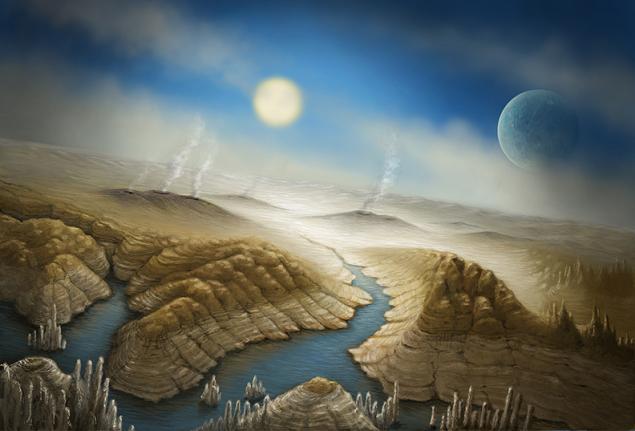
Jenkins said that Kepler-452b has the potential to be a solid planet (although some issues still remain). Its size means that it is five times more massive than Earth. A new planet may have a large number of clouds than Earth, and volcanic activity. We arrive there, we would be weighed two times more than on Earth is not yet like a couple of weeks and "will not drop a few pounds confident," says the scientist.
Planet by 5% further from its star than earth is from the Sun, the year is 385 days. Her sun is 10% bigger and 20% brighter than our own, although is of type G2 dwarf. Also the star Kepler-452 older than our star, which is 4.6 billion years old — and therefore cosmic conditions for life to exist longer.
"Just incredible the idea that this planet had 6 billion years in the habitable zone of a star that her age more than the age of the Earth," says Jenkins. Models of planetary development believe that Kepler-452b should experience increasing warming and possibly increasing the greenhouse effect with aging.
The advantages of Kepler-452b Eclipse all previous planetary discoveries. For example, once found a solid planet a little more Earth in the "Goldilocks zone" — that is in the habitable zone where there may be liquid water. But its star Kepler-186 was shrunken red dwarf that has nothing to do with normal sun like ours.
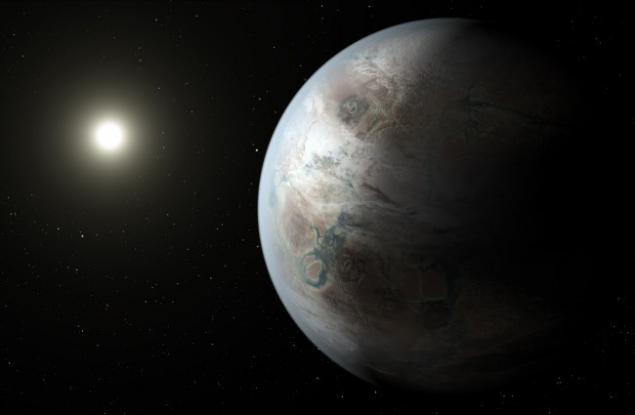
Kepler scientist Geoff Coughlin said that while it is unclear how hospitable can be a planet orbiting a red dwarf. Solid planet in a good orbit around a star a La the Sun will be your best option. "We on Earth know that there is life," he says.
Scientists say that Kepler-452b listens to the SETI Institute, which searches for radio signals of extraterrestrial civilizations using array telescope Allen in California, but the signals of aliens not found. "While 452b-antsy behave modestly", says Seth Shostak, senior astronomer and Director of the center for SETI.
John Grunsfeld, NASA associate administrator for science, described the newfound planet "closest twin" of the Earth, which we have found to date. However, he says, further analysis of the data Kepler can find even more relatives.
Launched in 2009 the Kepler telescope was to look for alien worlds, looking at the faint shimmer of stars when a planet passes across its disk. A telescope the size of an SUV found more than 4600 candidates in exoplanets.
The Kepler mission has ended, so new discoveries likely not come from new data, and from careful analysis of existing data, which the telescope nakovyryat Oh how much. The most difficult to catch earth-like planets. "We walk through the grass in search of tiny pebbles," says Natalie Batalha of the Research center of Ames NASA in California.
The last open portion, including our honoree, adds more than 500 planets to approximately 4,000 planetary candidates that the Kepler team has already announced — a quarter of them were confirmed by subsequent studies. 1000 planets was planets do in fact use different methods of finding the parent stars based on the Doppler shifts to the careful measurement of time intervals between the passages of the planets. In the case of Kepler-452b scientists used ground-based observations and computer models to estimate the mass and confirm the detection accuracy of 99,76%, says Jenkins.
521 candidate added to the list, 12 were twice as wide as Earth and is also rotatable in the habitable zones of their stars. Nine of those stars similar to our Sun in size and temperature.
Of course, there will be more planets. In 2013, Kepler was crippled by breakdowns in the system of accurate navigation, but returned to his mission of hunting for planets in the past year, thanks to the ingenious additions to the system that use the solar wind as a supplementary stabilizer. "You can call it the best of the worst things that happened to Kepler," notes Jenkins.
Despite the hype in the press and the absolute joy of discovery, all this makes Kepler-452b perfect analogue of the Earth. This exoplanet is 60% larger than the Earth, weighs five times more likely to suffer from greenhouse effect, like Venus, which probably is heated by volcanic activity. Hardly on this planet is life. But what's really there — perhaps we will be able to choose this planet as the closest candidate in a colony of: to fly to her 1400 years at the speed of light, and on arrival you can sit down and not stand.
The geological model believe that the planet will be found to have a solid stone structure and a dense atmosphere. And although the home star of the planet similar to the Sun, it is 1.5 billion years older. So, this star shines brighter, which further pushes 452b to the growing greenhouse effect, which is almost incompatible with life.
However, the modeling of stars and planets means that the planet for quite a long time could be a water in a liquid state.
"I feel awe, thinking that this planet had 6 billion years in the potentially habitable zone, it's more the age of the Earth itself," says Jenkins.
published
P. S. And remember, only by changing their consumption - together we change the world! ©
Source: hi-news.ru/space/pochemu-obnaruzhenie-vtoroj-zemli-dolzhno-vas-volnovat.html

"Today, the Earth became less lonely, because in our neighborhood stopped by a newcomer," said a leading analyst of Kepler data Jon Jenkins, a scientist Informatics from the Ames Research center at NASA, during a NASA teleconference on the findings.
Alien world, dubbed Kepler-452b, is located 1400 light years away in the constellation of Cygnus is too far away to get to him until we develop interstellar transport. But its discovery raises the bar for the search of Earth 2.0 is even higher, and this, as we know, a large part of the mission of Kepler.

Jenkins said that Kepler-452b has the potential to be a solid planet (although some issues still remain). Its size means that it is five times more massive than Earth. A new planet may have a large number of clouds than Earth, and volcanic activity. We arrive there, we would be weighed two times more than on Earth is not yet like a couple of weeks and "will not drop a few pounds confident," says the scientist.
Planet by 5% further from its star than earth is from the Sun, the year is 385 days. Her sun is 10% bigger and 20% brighter than our own, although is of type G2 dwarf. Also the star Kepler-452 older than our star, which is 4.6 billion years old — and therefore cosmic conditions for life to exist longer.
"Just incredible the idea that this planet had 6 billion years in the habitable zone of a star that her age more than the age of the Earth," says Jenkins. Models of planetary development believe that Kepler-452b should experience increasing warming and possibly increasing the greenhouse effect with aging.
The advantages of Kepler-452b Eclipse all previous planetary discoveries. For example, once found a solid planet a little more Earth in the "Goldilocks zone" — that is in the habitable zone where there may be liquid water. But its star Kepler-186 was shrunken red dwarf that has nothing to do with normal sun like ours.

Kepler scientist Geoff Coughlin said that while it is unclear how hospitable can be a planet orbiting a red dwarf. Solid planet in a good orbit around a star a La the Sun will be your best option. "We on Earth know that there is life," he says.
Scientists say that Kepler-452b listens to the SETI Institute, which searches for radio signals of extraterrestrial civilizations using array telescope Allen in California, but the signals of aliens not found. "While 452b-antsy behave modestly", says Seth Shostak, senior astronomer and Director of the center for SETI.
John Grunsfeld, NASA associate administrator for science, described the newfound planet "closest twin" of the Earth, which we have found to date. However, he says, further analysis of the data Kepler can find even more relatives.
Launched in 2009 the Kepler telescope was to look for alien worlds, looking at the faint shimmer of stars when a planet passes across its disk. A telescope the size of an SUV found more than 4600 candidates in exoplanets.
The Kepler mission has ended, so new discoveries likely not come from new data, and from careful analysis of existing data, which the telescope nakovyryat Oh how much. The most difficult to catch earth-like planets. "We walk through the grass in search of tiny pebbles," says Natalie Batalha of the Research center of Ames NASA in California.
The last open portion, including our honoree, adds more than 500 planets to approximately 4,000 planetary candidates that the Kepler team has already announced — a quarter of them were confirmed by subsequent studies. 1000 planets was planets do in fact use different methods of finding the parent stars based on the Doppler shifts to the careful measurement of time intervals between the passages of the planets. In the case of Kepler-452b scientists used ground-based observations and computer models to estimate the mass and confirm the detection accuracy of 99,76%, says Jenkins.
521 candidate added to the list, 12 were twice as wide as Earth and is also rotatable in the habitable zones of their stars. Nine of those stars similar to our Sun in size and temperature.
Of course, there will be more planets. In 2013, Kepler was crippled by breakdowns in the system of accurate navigation, but returned to his mission of hunting for planets in the past year, thanks to the ingenious additions to the system that use the solar wind as a supplementary stabilizer. "You can call it the best of the worst things that happened to Kepler," notes Jenkins.
Despite the hype in the press and the absolute joy of discovery, all this makes Kepler-452b perfect analogue of the Earth. This exoplanet is 60% larger than the Earth, weighs five times more likely to suffer from greenhouse effect, like Venus, which probably is heated by volcanic activity. Hardly on this planet is life. But what's really there — perhaps we will be able to choose this planet as the closest candidate in a colony of: to fly to her 1400 years at the speed of light, and on arrival you can sit down and not stand.
The geological model believe that the planet will be found to have a solid stone structure and a dense atmosphere. And although the home star of the planet similar to the Sun, it is 1.5 billion years older. So, this star shines brighter, which further pushes 452b to the growing greenhouse effect, which is almost incompatible with life.
However, the modeling of stars and planets means that the planet for quite a long time could be a water in a liquid state.
"I feel awe, thinking that this planet had 6 billion years in the potentially habitable zone, it's more the age of the Earth itself," says Jenkins.
published
P. S. And remember, only by changing their consumption - together we change the world! ©
Source: hi-news.ru/space/pochemu-obnaruzhenie-vtoroj-zemli-dolzhno-vas-volnovat.html








